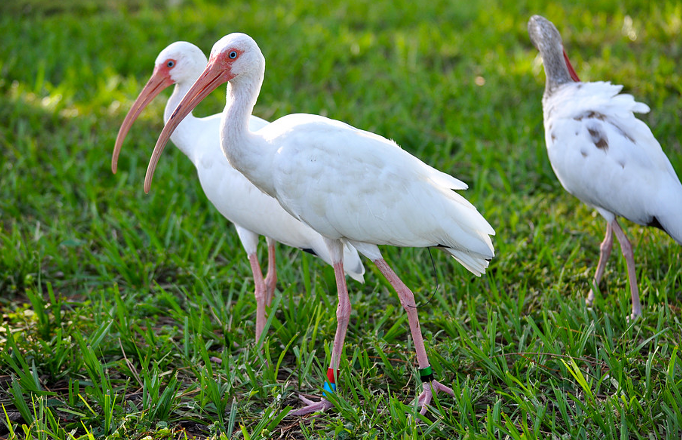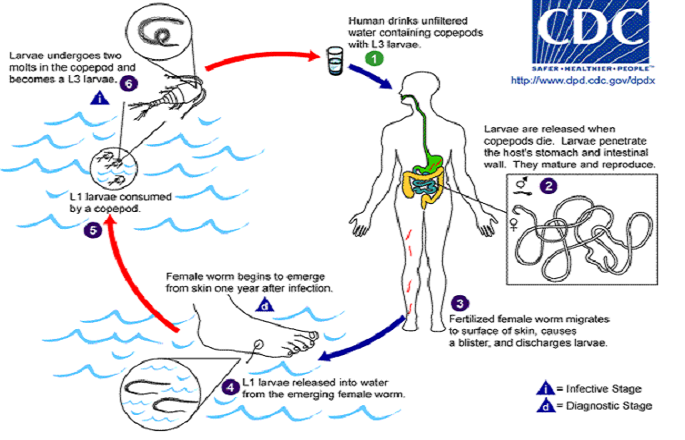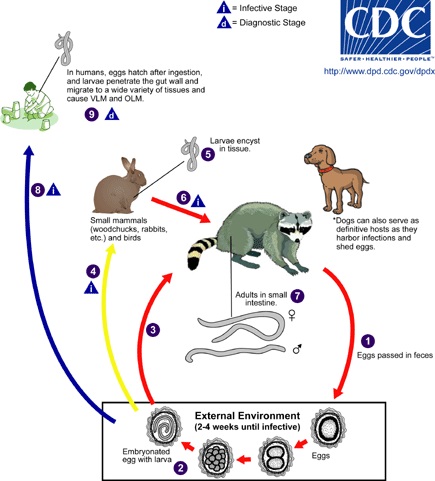Copepod survival in water bowls exposed to typical Chadian ambient temperatures
Zavier Eure, a junior from North Carolina A&T, worked with the lab of Dr. Michael Yabsley to study copepod survival in different types of water bowls. Abstract: Guinea Worm Disease (GWD), caused by the nematode Dracunculus medinensis, has been detected with increasing incidence among dogs in Chad, Africa. Cyclopoid copepods (freshwater crustaceans) are intermediate hosts




